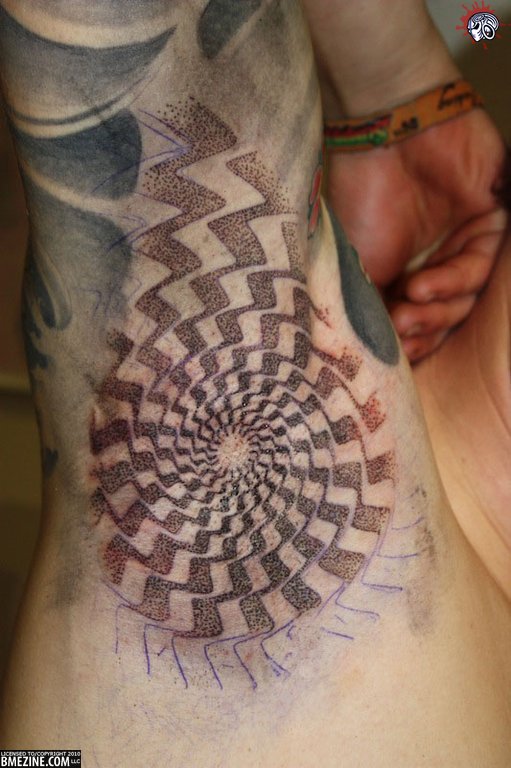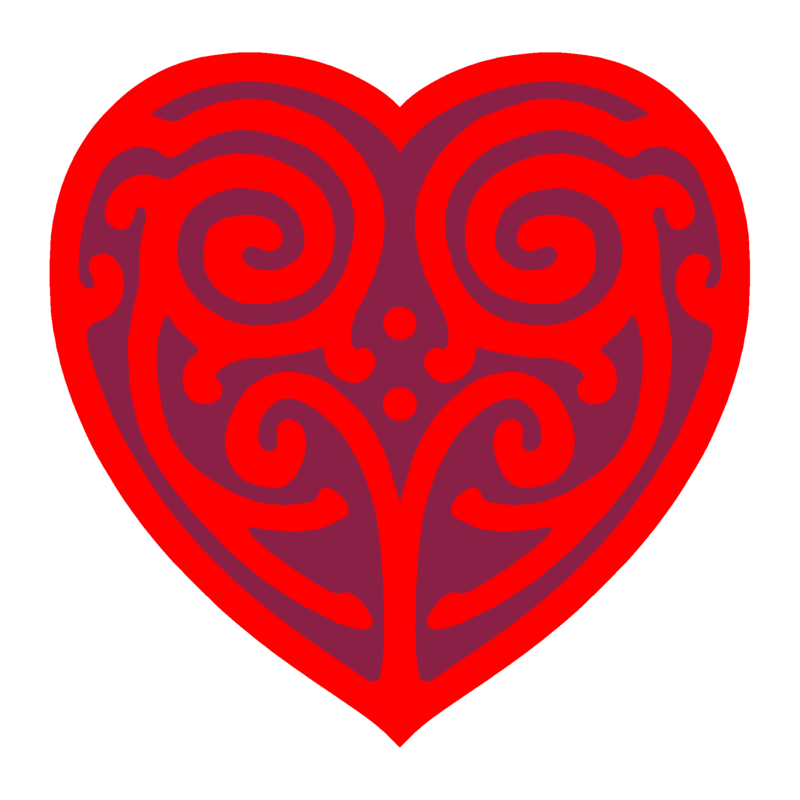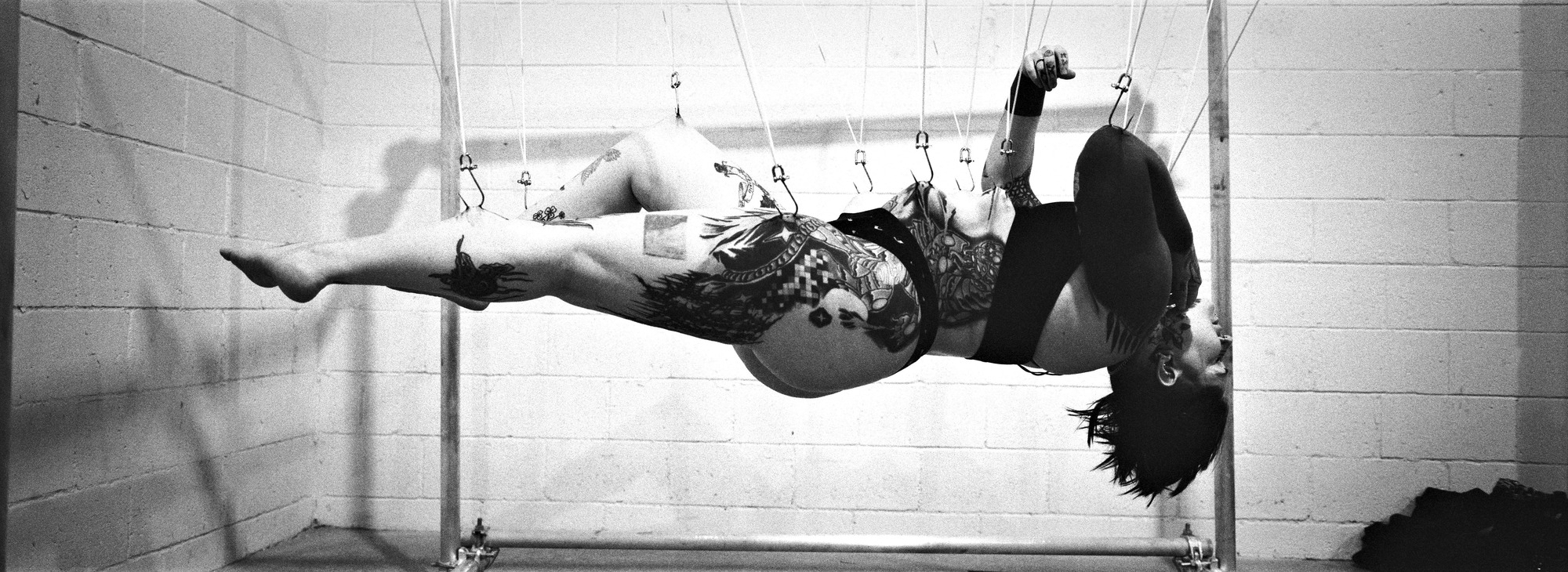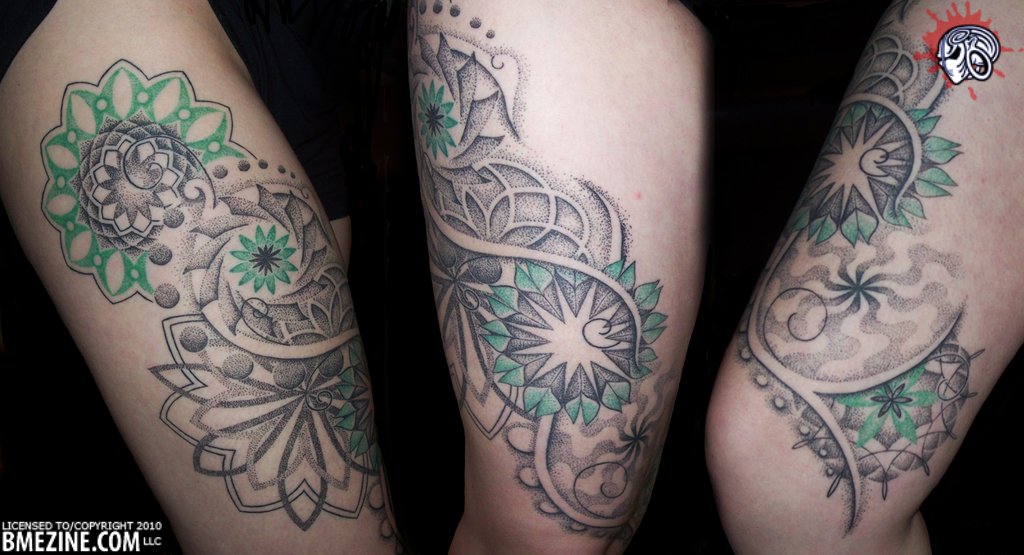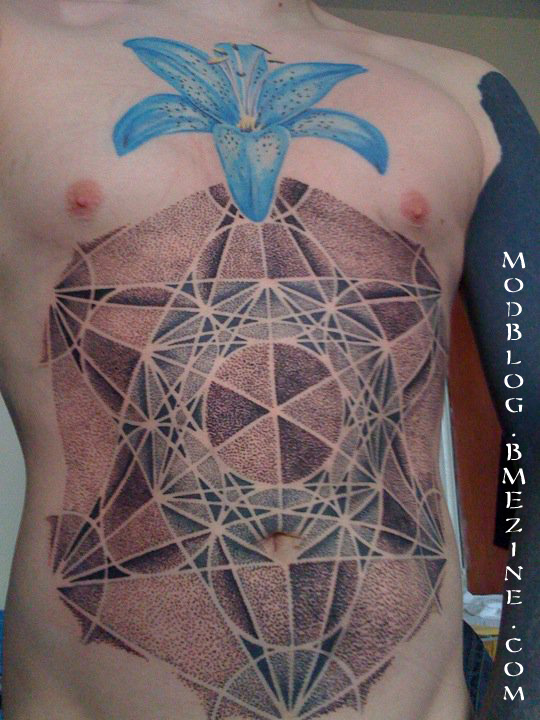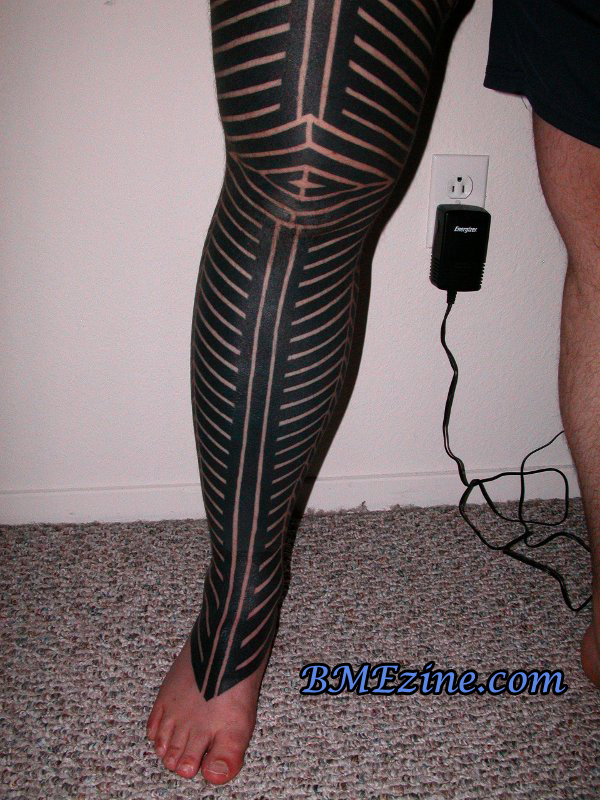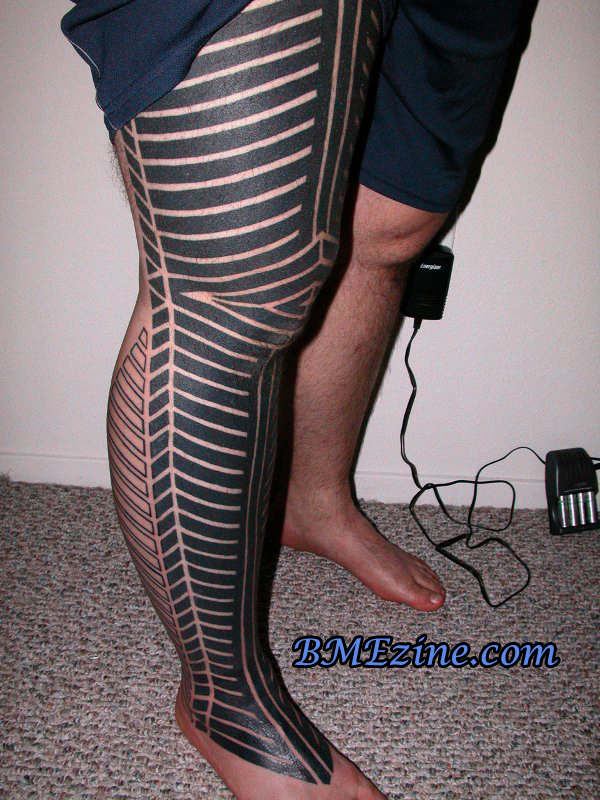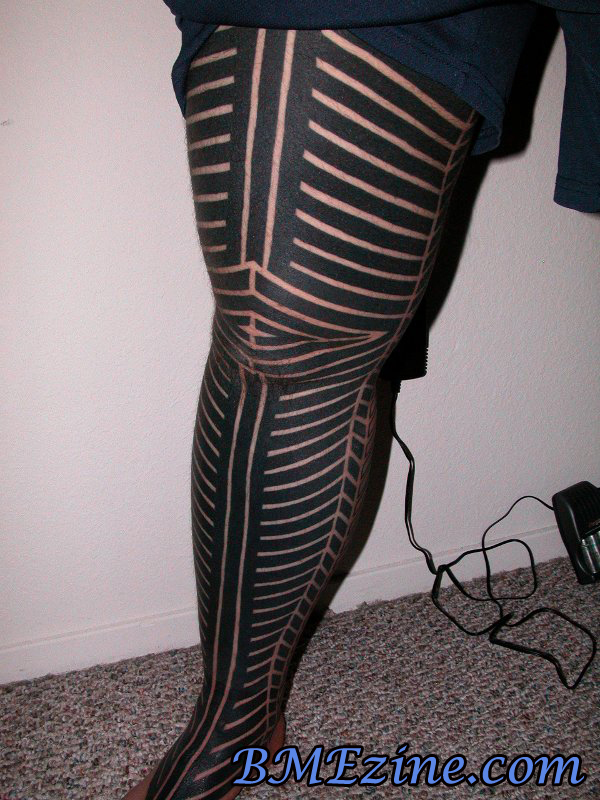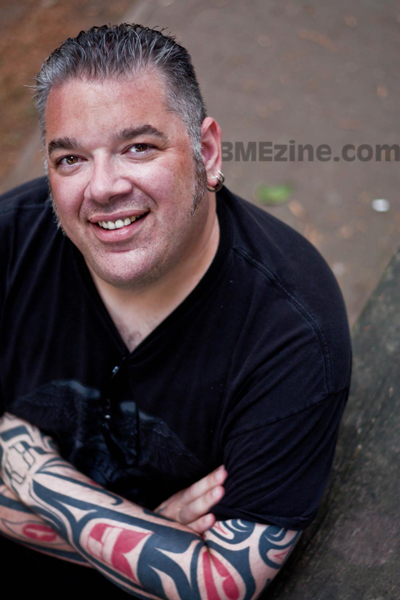A polymath is a person whose expertise spans a significant number of different subject areas. In less formal terms, a polymath (or polymathic person) may simply be someone who is very knowledgeable. Most ancient scientists were polymaths by today’s standards.
The terms Renaissance man and, less commonly, Homo Universalis (Latin for “universal man” or “man of the world”) are related and used to describe a person who is well educated or who excels in a wide variety of subjects or fields. The idea developed in Renaissance Italy from the notion expressed by one of its most accomplished representatives, Leon Battista Alberti (1404–1472): that “a man can do all things if he will.” It embodied the basic tenets of Renaissance humanism, which considered humans empowered, limitless in their capacities for development, and led to the notion that people should embrace all knowledge and develop their capacities as fully as possible. Thus the gifted people of the Renaissance sought to develop skills in all areas of knowledge, in physical development, in social accomplishments, and in the arts.
Source
When I started writing today’s posts I had noticed that a few of the images I has selected were all from the same artist. We’ve already seen Gabor Zagyvai’s scarification work, as well as one of the suspensions he performed recently. Now for the final part of the trifecta, I present one of his tattoos.
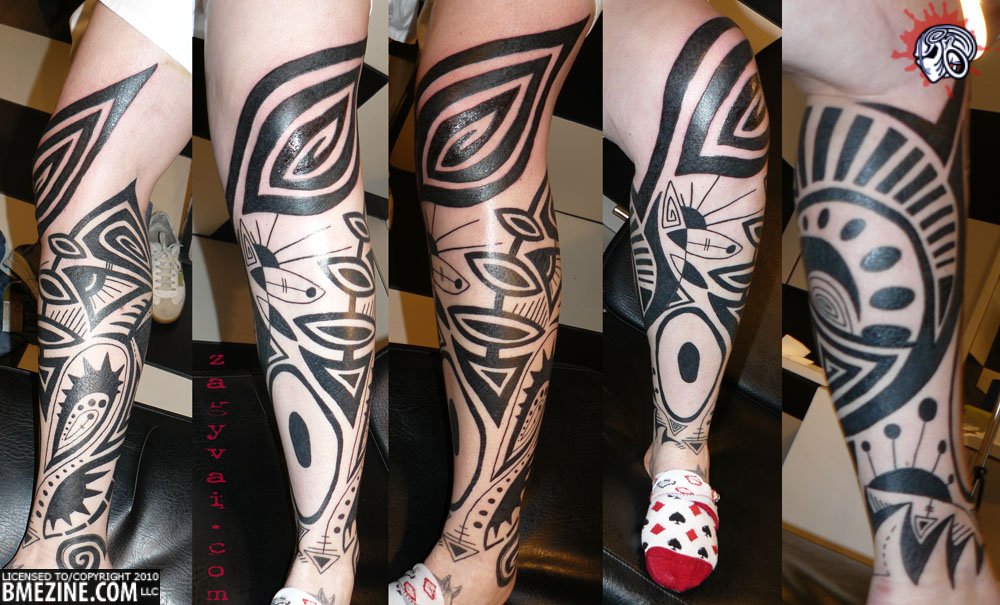
This piece, entitled “Abstract Mistycism” (not my spelling), was part of the large image upload that Gabor sent in recently. This leg piece is just breathtaking in it’s intricacies. I love how you can get lost in the images, especially considering the monochromatic nature of blackwork.
I was to talk about the term “Renaissance Man”. The wiki definition above gives us the classical definition, and for the most part that definition still works today. I think that Gabor is a good representation of the Renaissance men and women that are so prevalent in the modification community today. While classical artists tend to favor one medium over other others, what we are seeing now is a large percentage of the modification artists branching out from one particular form of modification. Scar artists are also tattoo artists, piercers also suspend people, and even more, like Gabor, cover every aspect of the modification spectrum.
This then brings up the argument, is it now necessary in today’s world to become a master of multiple genres? Is wearing just one hat enough these days to become successful, or should artists work towards perfecting their art in different mediums? I guess the more important question is, have we as a community raised our expectations to the point that artists feel they must diversify to meet the needs of their clientele?
What do you guys and gals think? Does the future of modification lie in artists becoming polymaths, or are there enough people out there that specialization is still the preferred way to go?
